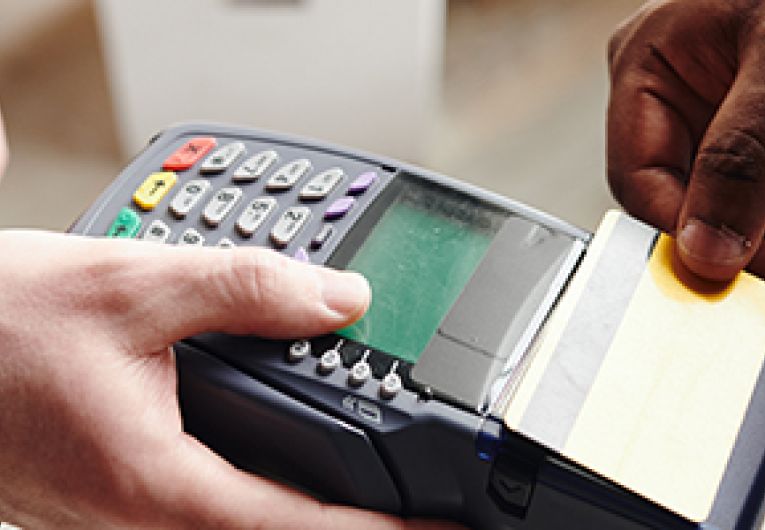
How to Measure Operating Efficiency
It’s how quickly you can sell your inventory. It’s how well you keep costs down. And it’s doing these things while maintaining the quality your customers expect. It’s all a part of “operational efficiency.” Your success in achieving it will influence how profitable you are, whether investors/lenders will fund your business, and your ability to grow. Want to know how operationally efficient your small business is? Here are several ways to keep score.
Financial ratios are one way to measure your business’s efficiency. They can be used to determine just how well you’re turning your resources into revenue. The key is to look at trends over time. If possible, benchmark it with how successful competitors are doing.
Inventory Turnover
This is how frequently your company needs to replenish its existing inventory. Idle inventory is an investment that hasn’t paid off yet. Plus you’re incurring expense to store it. The faster you can turn over inventory, the more efficient you are at using your dollars.
The ratio is measured by dividing the cost of goods sold (which you’ll find on your income statement) by the average inventory balance (from your balance sheet).
The cost of goods sold refers to the cost of creating the products you sell. It includes the cost of the raw materials used along with the labor required to create the end product you market to customers.
You can also express inventory turnover in days. Ideally, you want to see the number of inventory days falling. But be careful. It could be because of tighter inventory controls or because a company is slashing prices. Also, a rising number of days may not be bad. Businesses often stock-up for the holidays or before launching a new product. That’s why it’s important to look at trends rather than isolated time periods.
Accounts Receivable Turnover
This measures how quickly you get paid for the goods or services you sell during the year. It shows how efficient you are at collecting credit sales. Generally, a higher turnover is related to more favorable cash flow. It is calculated by dividing net credit sales by the average gross receivable.
The receivable turnover can also be expressed in days. The fewer the days, the faster you collect what is owed. That boosts operational efficiency by having the cash on hand to pay operating expenses.
Scoring high in operational efficiency helps your small business stay in the game. That’s why it’s important to monitor inventory and accounts receivable turnover. Over time, they help you better manage your resources.
The trends, insights, and solutions you need to grow your business.
By signing up, you’re subscribing to our monthly email newsletter, The
Wire. You may unsubscribe at any time.
Your information stays safe with us. Learn more about our privacy policy.











